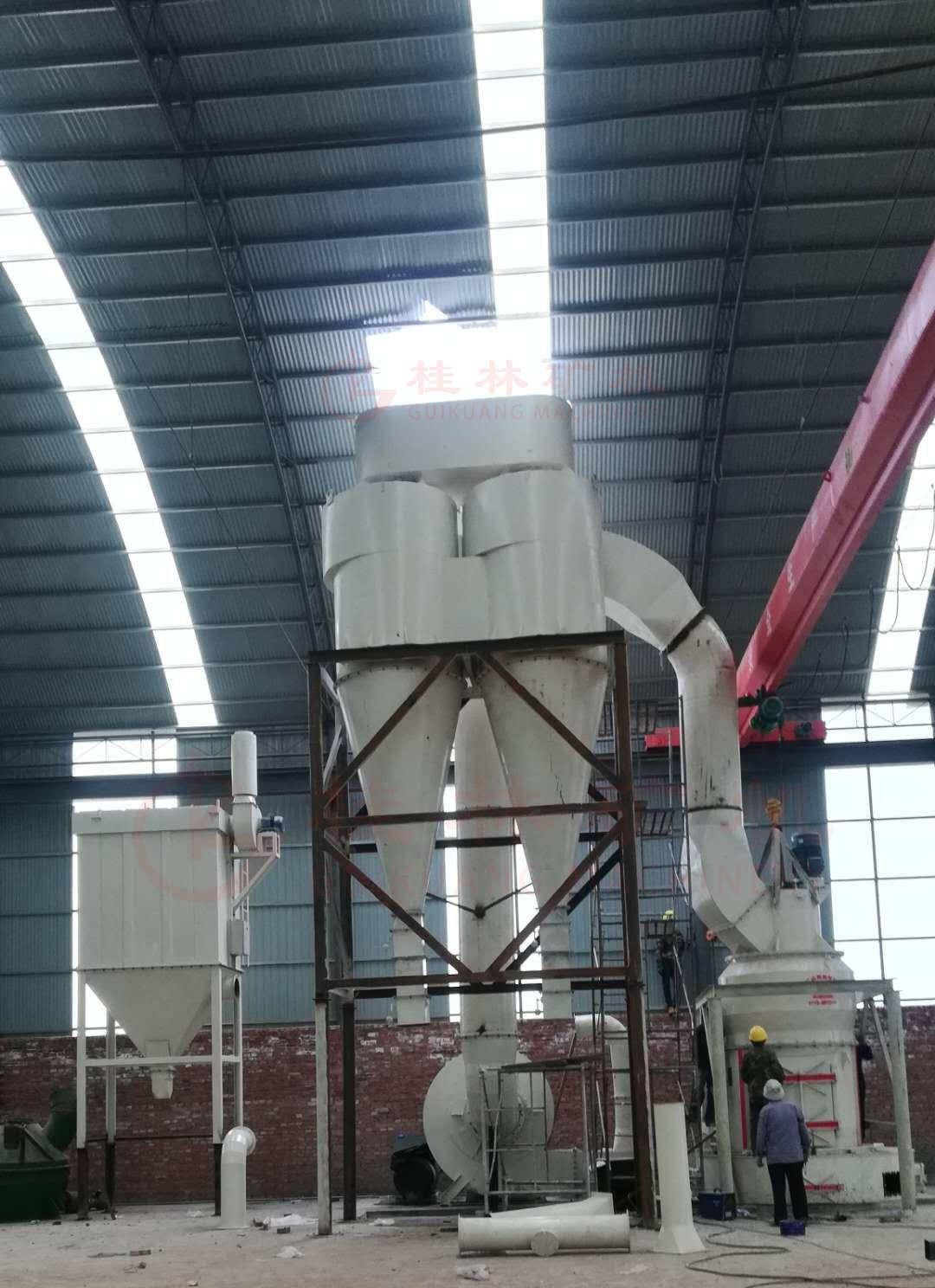Zeolite Raymond mill is used to grind coarse powder, zeolite ultra-fine vertical roller mill is used for fine powder, and crushing system, air duct system, dust collection system and packaging system are also required.
How is zeolite powder from 80 mesh to 325 mesh produced?

How is zeolite powder from 80 mesh to 325 mesh produced? Use a stone grit mill. R series zeolite Raymond mill, also known as R-type Raymond mill. It has been updated with advanced new technology, the technical indicators of this product have been greatly improved, and the main technical indicators are in the leading position in China. 2R~6R mill series products have been formed. This product is suitable for grinding limestone, calcite, activated carbon, talc, dolomite, titanium dioxide-powder, quartz stone, bauxite, marble, feldspar, barite, fluorite, gypsum, ilmenite, phosphate rock, Ceramic clay, graphite, clay, kaolin, diabase, coal gangue, wollastonite, slaked lime, zircon sand, bentonite, manganese ore and other non-flammable and explosive materials with Mohs hardness below 7 and humidity within 6% . The fineness of the finished product can be arbitrarily selected between 0.18-0.038mm (80-400 mesh).
【Capacity】:1~9t/h
【Product fineness】:80~400mesh
The price of 80 mesh to 325 mesh zeolite powder stone coarse powder grinding mill R series Raymond mill is usually tens of thousands to 100,000 yuan. These are the basic configurations, the system uses a half open circuit, or an open circuit system. If you want to configure a closed-circuit system, the price of adding an electrostatic pulse dust removal device will be higher.
The raw materials with suitable particle size are fed into the main machine through the feeding mechanism (vibration/belt/screw feeder or air lock feeder, etc.); the high-speed rotating grinding roller is tightly rolled on the grinding ring under the action of centrifugal force, and the The shovel scoops up the material and sends it to the grinding area formed by the grinding roller and the grinding ring. The material is crushed into powder under the action of the grinding pressure; under the action of the fan, the milled material is blown up through the sorting machine, Those that meet the requirements of fineness pass through the sorting machine, and those that do not meet the requirements are stopped by the sorting machine and return to the grinding chamber to continue grinding.
Collecting:
1. Closed circuit system: the sorted qualified materials are blown into the cyclone collector through the pipeline, and the separation of material and gas is realized through the role of the cyclone. The collected materials are sent to the next process through the discharge valve. The separated air flow enters the main engine through the action of the fan to participate in the next cycle; The excess air flow in the system is discharged into the atmosphere after passing through the pulse dust collector to ensure the stable operation of the system; The collection efficiency of the pulse dust collector reaches 99.99% to ensure that the discharge meets the environmental protection standard.
2. Open circuit system: the sorted qualified materials are blown into the pulse collector through the pipeline, and the separation of material and gas is realized through the function of the filter bag. The collected materials are sent to the next process through the discharge valve. The separated air flow enters the exhaust pipe through the action of the fan and is discharged into the atmosphere; The collection efficiency of the pulse dust collector reaches 99.99% to ensure that the discharge meets the environmental protection standard.
Finished product treatment:
The discharge valve under the cyclone / pulse collector can be directly bagged and packed by the packaging machine, directly loaded and transported by the bulk machine, and can also be sent to the finished product warehouse for storage through the conveying mechanism.












